Florida’s gentle giants, the manatees, are facing an increasingly precarious situation. Known for their slow-moving grace and gentle disposition, these beloved marine mammals are symbolic of Florida’s rich biodiversity. Yet, over recent years, their numbers have been dwindling at an alarming rate, raising concerns among conservationists, scientists, and residents alike. Understanding the reasons behind this decline is crucial to implementing effective measures for their protection.
The Iconic Florida Manatee
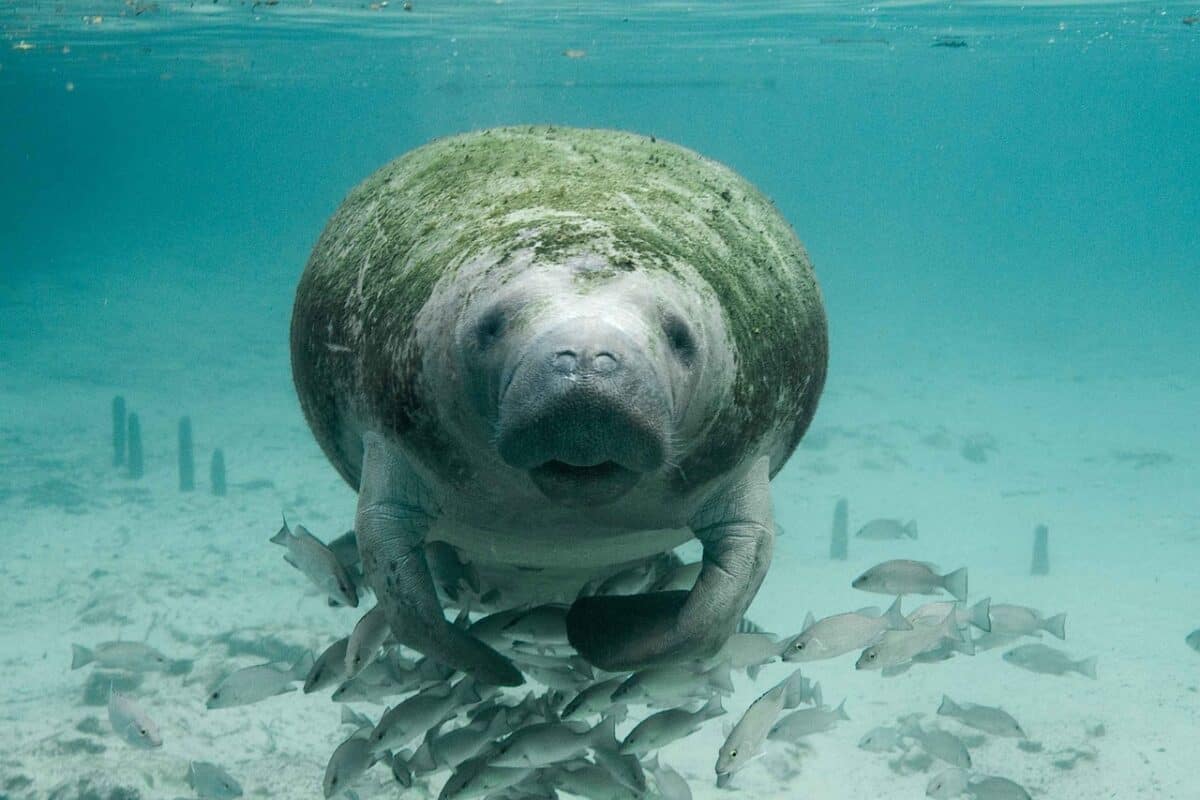
The Florida manatee, a subspecies of the West Indian manatee, is a large, aquatic mammal that primarily inhabits the shallow, slow-moving rivers, estuaries, saltwater bays, and coastal areas of Florida. Often affectionately referred to as “sea cows,” these creatures are herbivores, primarily feeding on seagrass and other aquatic plants.
Manatee Habitat and Lifestyle
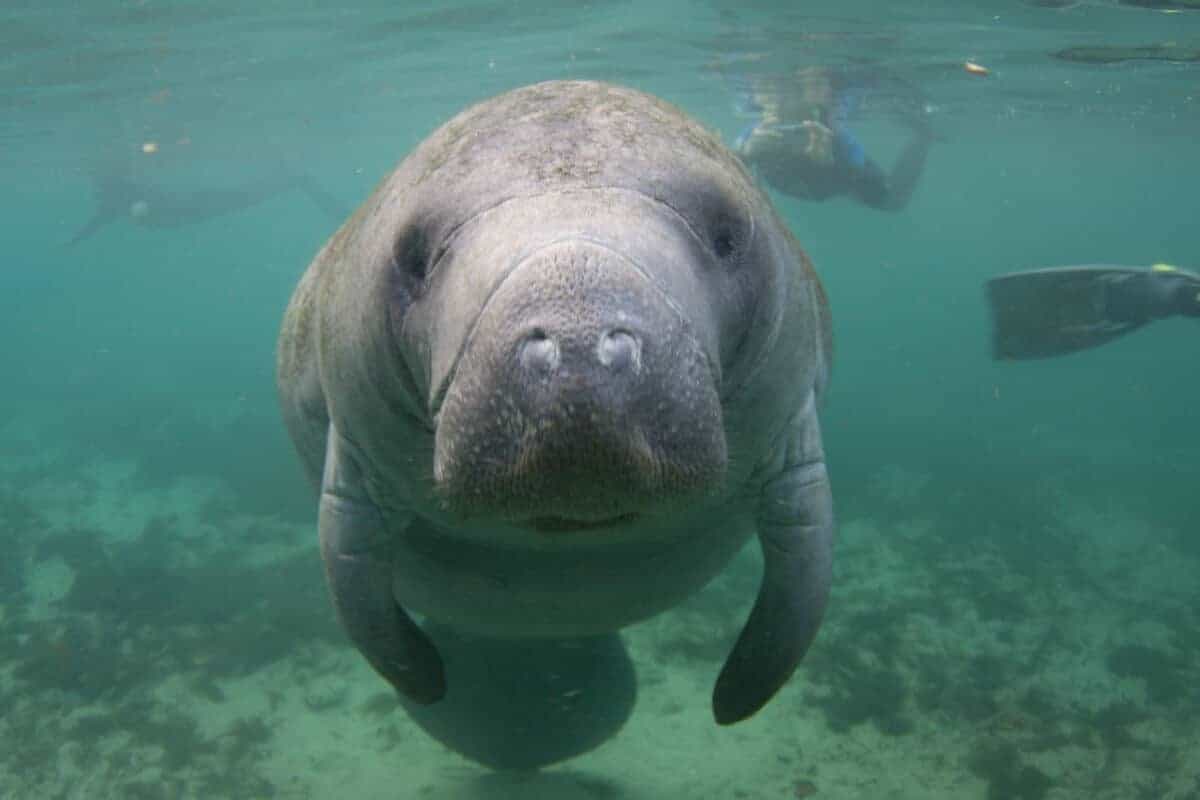
Manatees thrive in warm waters, migrating to warmer coastal areas of Florida during the winter to avoid the cold. These mammals are known for their gentle nature and slow pace, qualities that endear them to people but also contribute to their vulnerability.
Population Decline: A Growing Concern
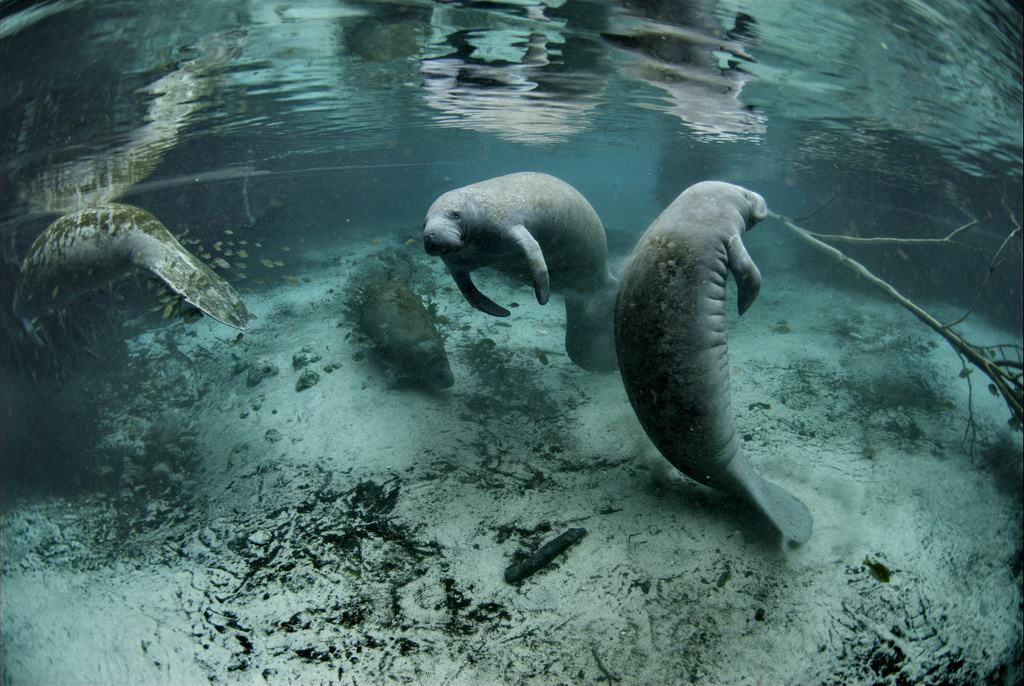
Over the past decade, the population of Florida manatees has seen significant declines. Factors such as habitat destruction, water pollution, and collisions with watercraft have greatly impacted their numbers, leading to increased mortality rates.
Habitat Loss and Degradation
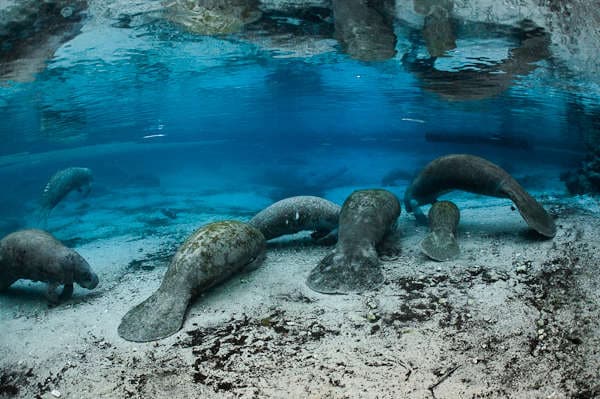
Coastal development and human activity have led to significant habitat loss for manatees. Construction, dredging, and other land alterations destroy seagrass beds, which are crucial for their survival. The loss of these habitats makes it difficult for manatees to access food and safe shelter.
Water Pollution and Its Effects
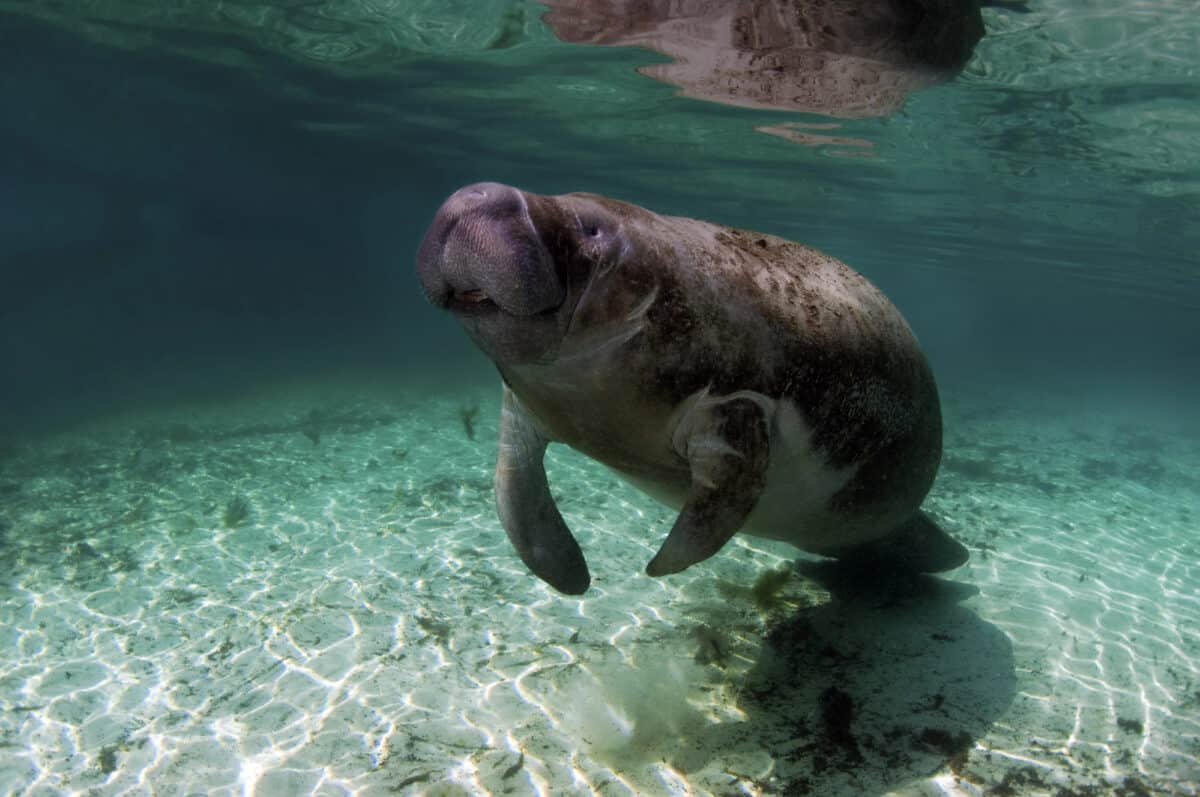
Pollution from agricultural runoff, sewage, and industrial waste has led to the degradation of water quality in Florida’s waterways. Nutrient-rich runoff contributes to harmful algal blooms, like red tides, which deplete oxygen in the water and disrupt the aquatic ecosystem that manatees rely on for food and shelter.
The Impact of Boat Collisions
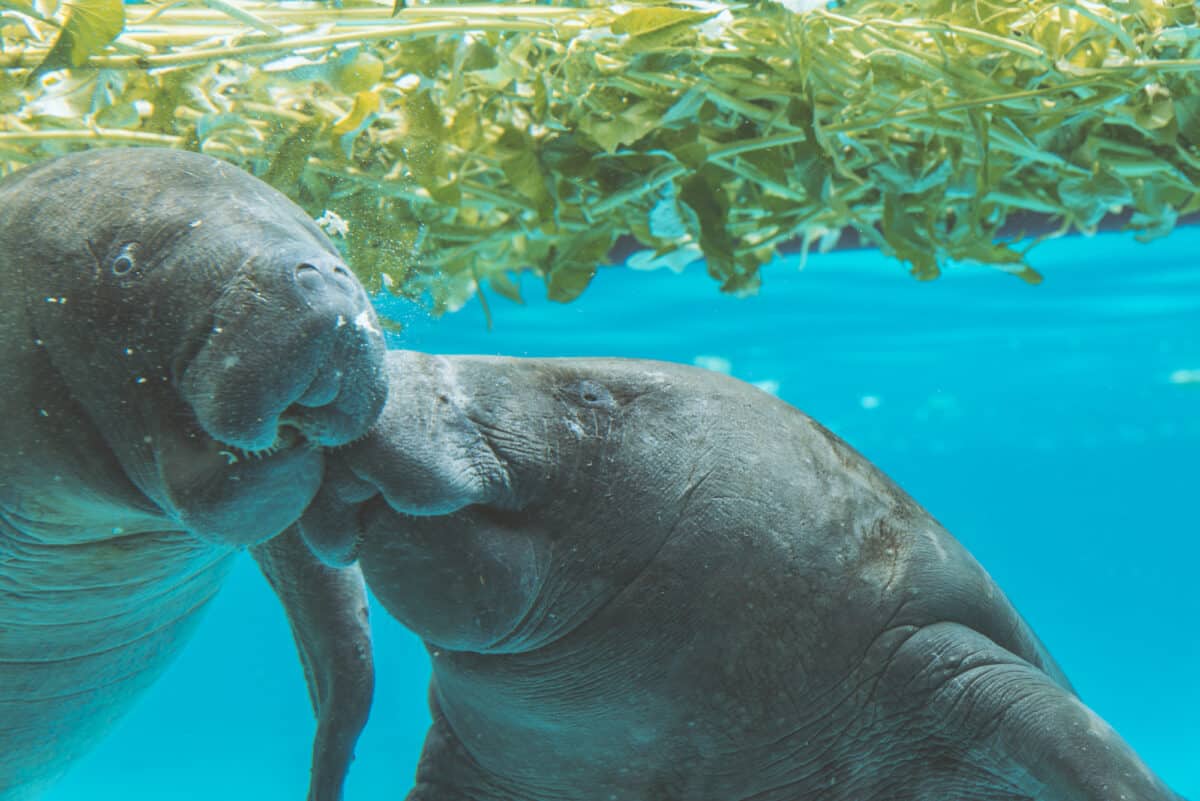
Because manatees often swim near the surface, they are at high risk of being hit by boats. These collisions can cause severe injuries or death. Despite increased awareness and regulations, such as speed limits in manatee zones, boat-related fatalities remain a significant threat.
Climate Change: An Emerging Threat

Rising ocean temperatures and changing weather patterns are altering manatee habitats. Climate change affects the availability of warm-water refuges and impacts the growth of seagrass, a staple of the manatee diet. The loss of seagrass beds further exacerbates their struggle for survival.
Human Interactions and Disturbances

While often unintentional, human interactions can stress manatees. Swimming with or approaching them can cause the animals to expend energy unnecessarily, potentially impacting their health and reproductive capabilities. Efforts are ongoing to educate the public on maintaining a respectful distance from these creatures.
Conservation Efforts and Legal Protection
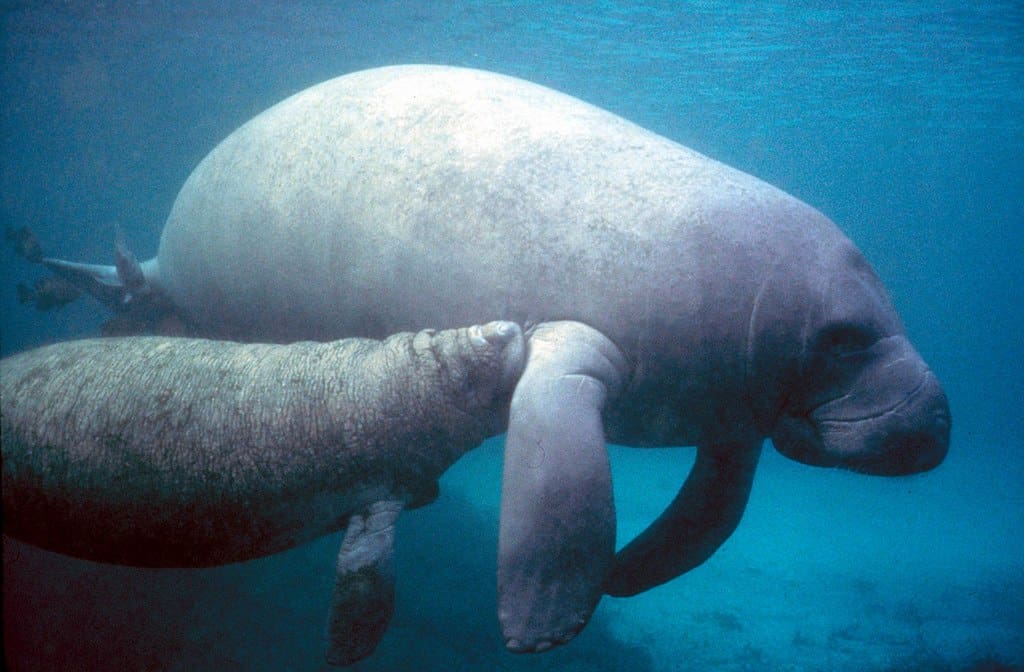
Manatees are protected under both state and federal laws, such as the Marine Mammal Protection Act and the Endangered Species Act. Conservation programs focus on habitat restoration, educational outreach, and the enforcement of boating regulations to safeguard their populations.
The Role of Rehabilitation Centers
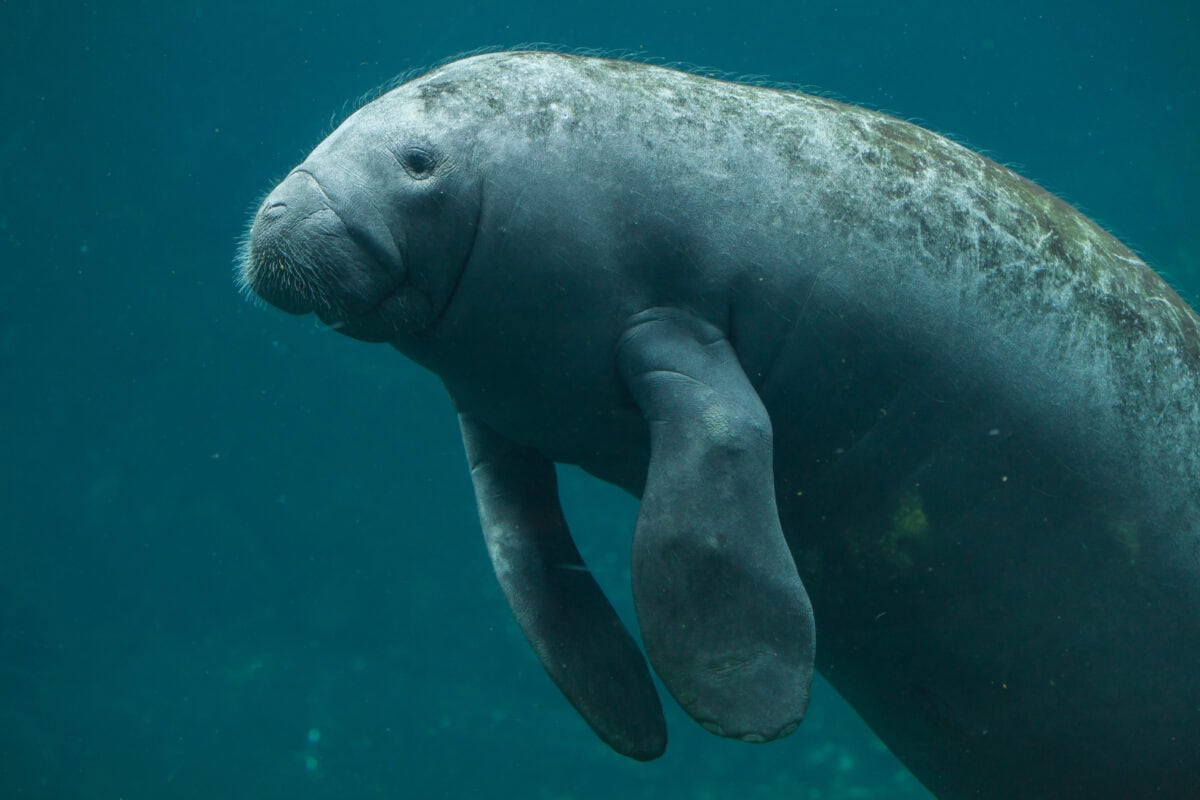
Rehabilitation centers across Florida are crucial in the care of injured or orphaned manatees. Facilities like the Lowry Park Zoo and Miami Seaquarium provide medical care and nutrition, with the goal of releasing these rehabilitated animals back into the wild.
Community Involvement and Awareness
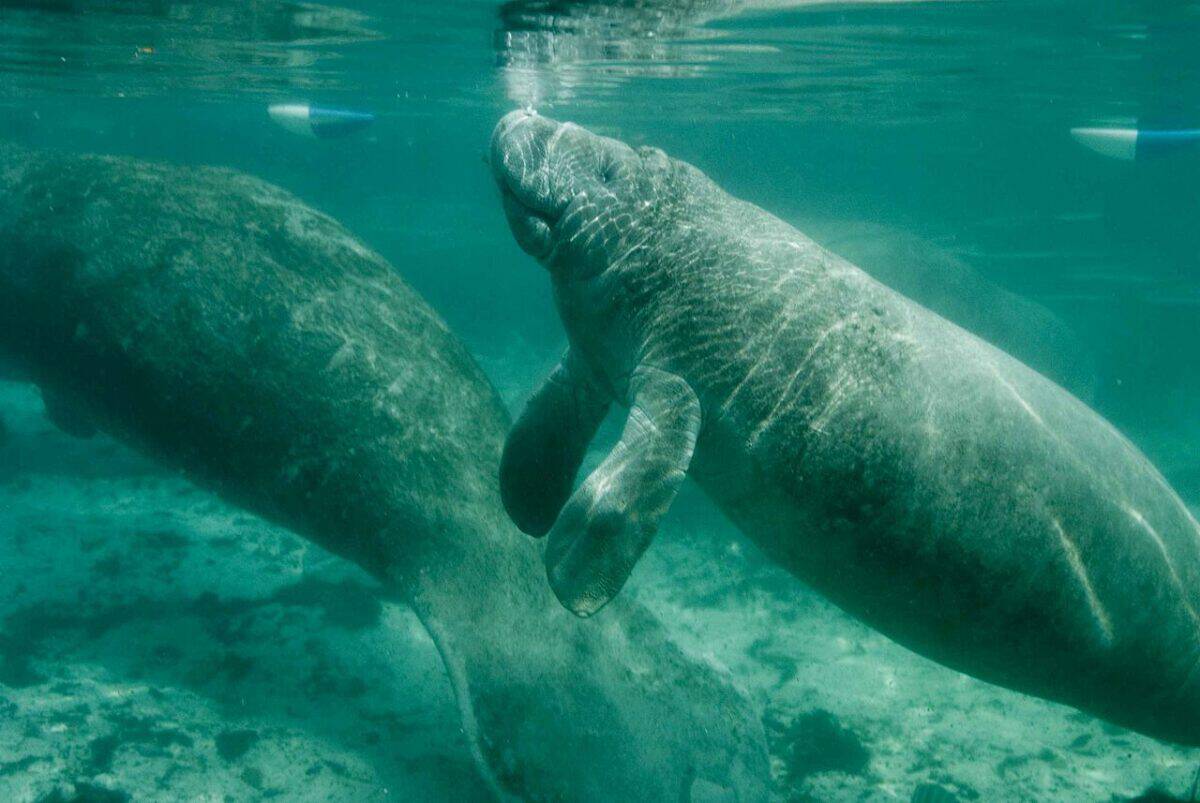
Public engagement is vital for manatee conservation. Local communities and tourists can contribute by participating in clean-ups, supporting conservation initiatives, and adhering to guidelines designed to protect manatees and their habitats.
Outlook for the Future: Hope and Challenges
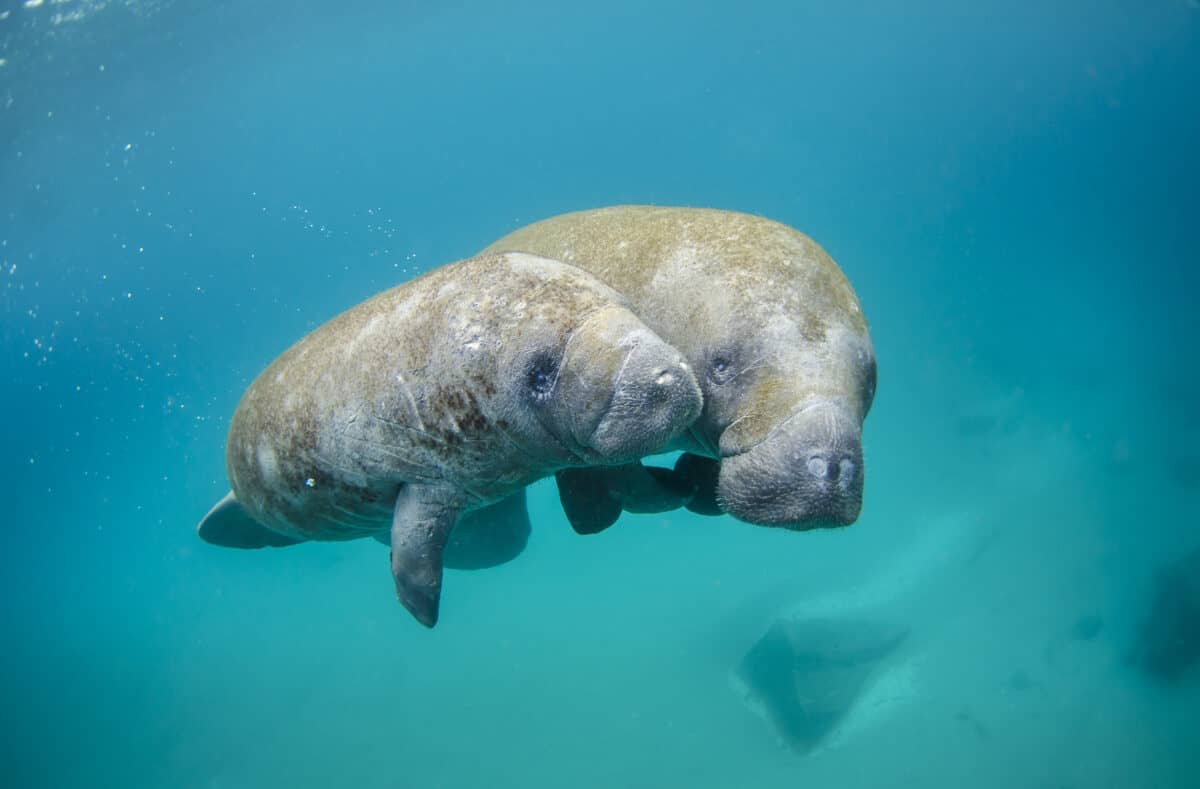
The survival of Florida’s manatees is a shared responsibility. While challenges remain, concerted efforts from government agencies, conservationists, and the public can help reverse the decline. Continuing research and increased awareness are essential to ensuring a future where manatees thrive in Florida’s waters.
In summary, while Florida’s manatees face a multitude of threats, from habitat loss to water pollution and human interaction, there remains hope for their future through dedicated conservation efforts. By understanding and addressing these issues, we can protect these gentle giants for generations to come.
- The Story Behind the Bison’s Comeback from Near Extinction - August 9, 2025
- How Penguins Take Turns at Sea and Nest to Raise Chicks - August 9, 2025
- Dolphin Brains Compare to Those of Apes and Humans - August 9, 2025

